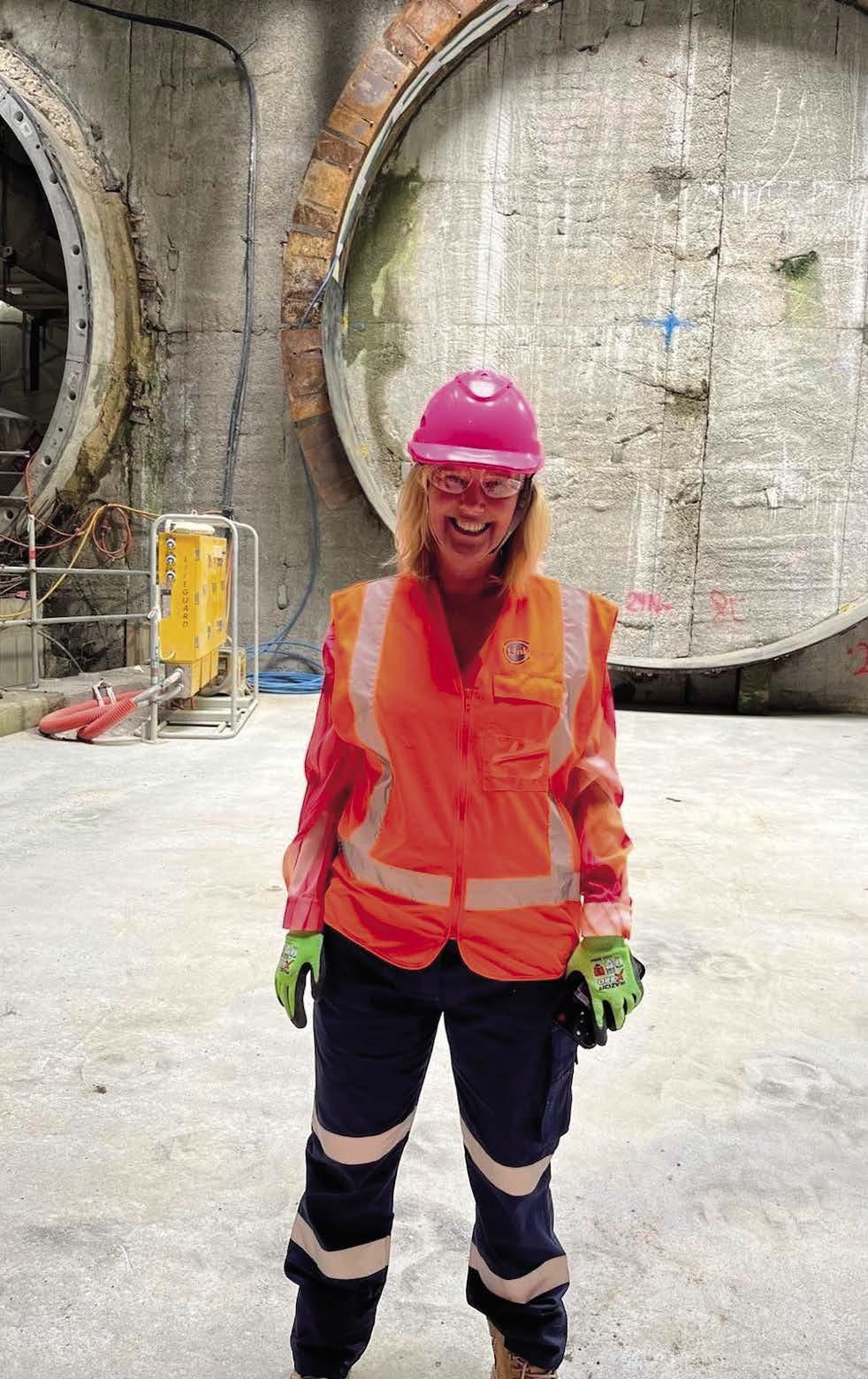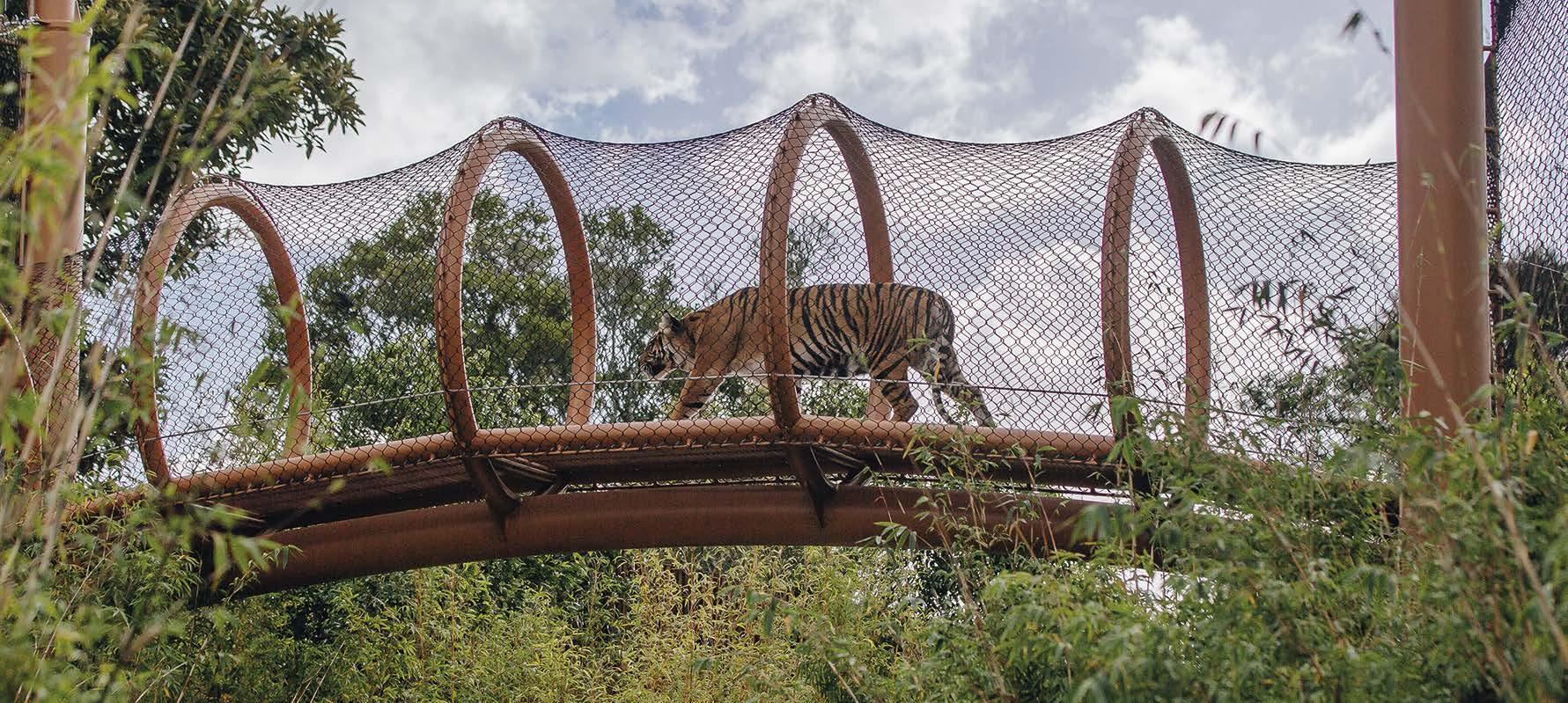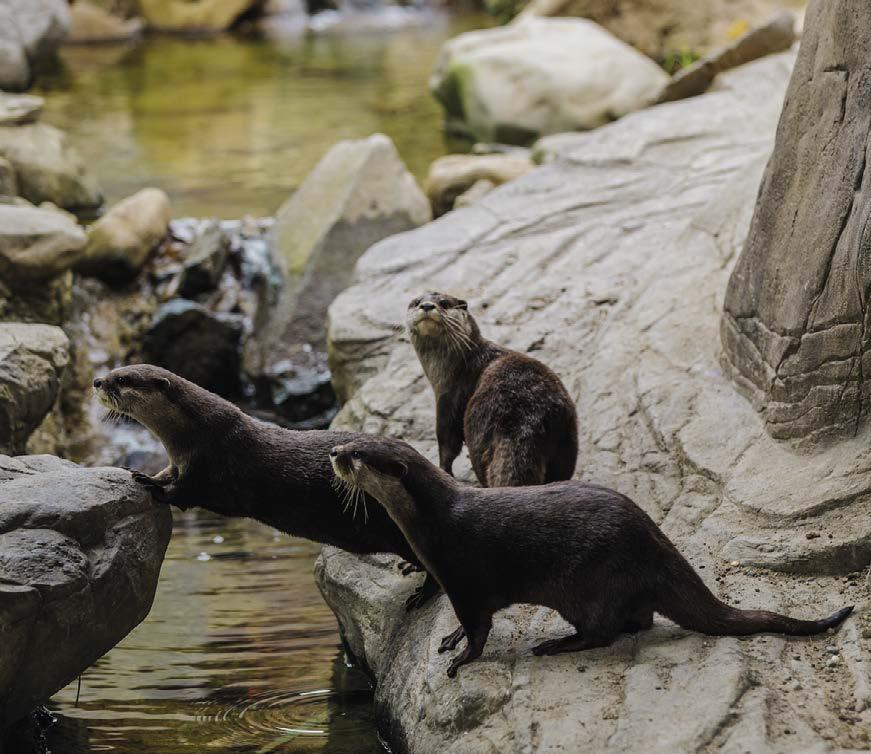
6 minute read
HELEN WHITE: LABOUR LIST MP
LOCAL NEWS HELEN WHITE: LABOUR LIST MP BASED IN AUCKLAND CENTRAL
Firstly I’d like to congratulate Wayne Brown on becoming the new mayor of Auckland.
I am looking forward to meeting with Mayor Brown. Also congratulations to those who were successful in the local elections; I’m also looking forward to meeting with councillors to discuss the big issues facing Aucklanders. And thanks to those who didn’t get elected for your service and willingness to stand for public office.
I am delighted to let locals in Ponsonby and Auckland Central know that the Transport Minister Michael Wood will be joining me in the electorate for a public meeting on 2nd November to discuss transport and Auckland’s future. The hui will take place at 5pm at the Auckland Trades Hall which is at 147 Great North Road, Grey Lynn.
It’s a real honour to have Michael joining us for this meeting. I’m also happy to say our Deputy Prime Minister and Finance Minister Grant Roberston will also be attending a separate public meeting with me in the electorate on 9th December; this one will look at the real drivers of the cost of living.
Getting on with sorting out New Zealand’s infrastructure, including housing and transport links, has been high on the agenda this month. Here in the wider Auckland region things are moving; the Kepa Road Apartments residential development in Kohimarama will see the development of 58 homes in two buildings, up to seven storeys high. The project is estimated to create 199 jobs; in Wellsford a medium-density subdivision will enable construction of approximately 85 homes and residential units and create 400 jobs.
Also critical infrastructure projects to kick-start new housing developments, and accelerate growth in Lower Hutt, Nelson, Rangiora, Ngāruawāhia, Hastings, Motueka, Whanganui and Lake Hāwea are being made possible thanks to a $192 million government investment.
While housing supply is ramping up with a record number of new houses consented this year, we know that one of the main barriers to the construction of more homes is a lack of basic infrastructure. Our $3.8 billion Infrastructure Acceleration Fund is designed to speed up the pace and scale of house building and tackle this problem.
The country’s housing crisis was decades in the making and we know the only way we’re going to solve it and bring down costs for Auckland families is to build more houses. That’s why we’re also building more public and transitional housing than any government in decades.
To get more houses built, including here in Auckland Central, we need a skilled workforce. So we’ve focused heavily on upskilling New Zealanders, including through our free trades training and apprenticeship programmes which have already supported more than 200,000 people. I’m really proud of the fact that apprenticeships are more than 50% higher than when we came into government, and that there are now 20,000 more construction workers than a year ago. On top of our work to boost the scale and pace of house building, we’ve taken a range of steps to support more people into home ownership. This includes lifting price caps for First Home Grants and removing price caps entirely from the First Home Loan. We’ve also made renting fairer for Kiwis, for example, through banning no-cause terminations and limiting rent increases to once a year.
As well as housing, pipes and flood management systems, of course in a big city like Auckland, great transport links are key. Not long ago a key milestone was reached underground with the tunnel-boring phase of the City Rail Link project almost completed. When finished, the underground system will provide the equivalent passenger capacity of 16 lanes of motorway.
What you are seeing here is the heart of a new mass rapid transit system for Auckland which will double the capacity of our city's heavy rail network. The link will eventually integrate with Auckland's light rail, harbour crossing, and rapid transit to the northwest.
Half price public transport will continue through until at least next January also. (HELEN WHITE) PN
www.labour.org.nz/helenwhite

ZOO’S HOTTEST NEW HABITAT WILL TRANSPORT YOU TO THE TROPICS!
A hot and steamy Indonesian swamp forest habitat teeming with plant and animal life – including one of the world’s largest crocodilians - now open.
The innovative new animal habitat and visitor experience, created within a large climate-controlled tropical dome, completes the build of the zoo’s South East Asia Jungle Track – the largest and most ambitious renewals project in the zoo’s 100-year history.
“Like all of the habitats within this track, the swamp forest enables us to provide the highest levels of animal care, and at an international level, places us at the forefront of what a good modern zoo is all about – for both animals and people,” says Auckland Zoo’s head of animal care and conservation, Richard Gibson.
Visitors are immediately transported to the tropics on entering the 28-degree, 70-90 percent humidity environment - currently home to threatened Sunda gharial crocodiles, 13 different fish species (including Asian arowana), and thousands of plants from more than a 100 species.
“We’ve worked to create a really authentic habitat – down to the finest detail of the types of marginal plants growing along the riverbanks. And just like in the wild, the crocs have water with a range of depths for swimming and shadowy places for resting, as well as land areas where they can haul themselves up onto and bask in the heat,” explains Richard.
He says visitors are in for a rich, unforgettable, multi-sensory immersive experience that’s like nothing else in New Zealand.
“From the heat, humidity, sounds and smells, to the feel of the mist and rain, to seeing exquisite orchid species and stunning shoals of fish and the extraordinary Sunda gharials underwater, the swamp forest is a celebration of the abundance of life - of the biodiversity and biomass that can live in a verdant healthy tropical rainforest.
“We are now at a time in our history when humans are having an alarming impact on our planet; there’s huge loss of biodiversity, and increasingly, people are more disconnected from the natural world. As a conservation organisation, we want people to connect in nature with each other – to enhance their own wellbeing, and to fall in love with wild places and wildlife like these and be inspired to join us and do what they can to help. This can be simple everyday things like only buying sustainable timber, fair-trade organic coffee, and products that use sustainable palm oil, to donating towards the zoo’s many conservation projects - which supports many South East Asian wildlife conservation projects,” says Richard.
The South East Asia Jungle Track also includes a high canopy habitat for orangutans and siamangs, and a lowlands habitat for Sumatran tigers and Asian small-clawed otters. At the heart of these interconnecting habitats is a lake and wetlands (with filtration and water-purifying functions) experienced via a visitor boardwalk, and via aerial pathways – extended climbing range/habitat for the orangutans and siamangs. As part of this project, a wharekai and function venue, Te Puna café, which overlooks the zoo’s lake, has also been built.
Auckland Zoo’s acting director, Jooles Clements, says as part of the Auckland Council whanau, the zoo is hugely appreciative of council’s support to enable the undertaking of this vital renewal programme.
“With the support of Auckland Council, we have been able to transform almost one fifth of the visitor area in the zoo. Along with world-leading upgrades to animal habitats, the South East Asia Jungle Track project has also enabled the essential renewal of century-old infrastructure, such as power and water. With the inclusion of new services, such as natural stormwater filtration and data, we are ensuring that the zoo will continue to be a place for future generations to connect with wildlife and each other.”
www.aucklandzoo.co.nz











